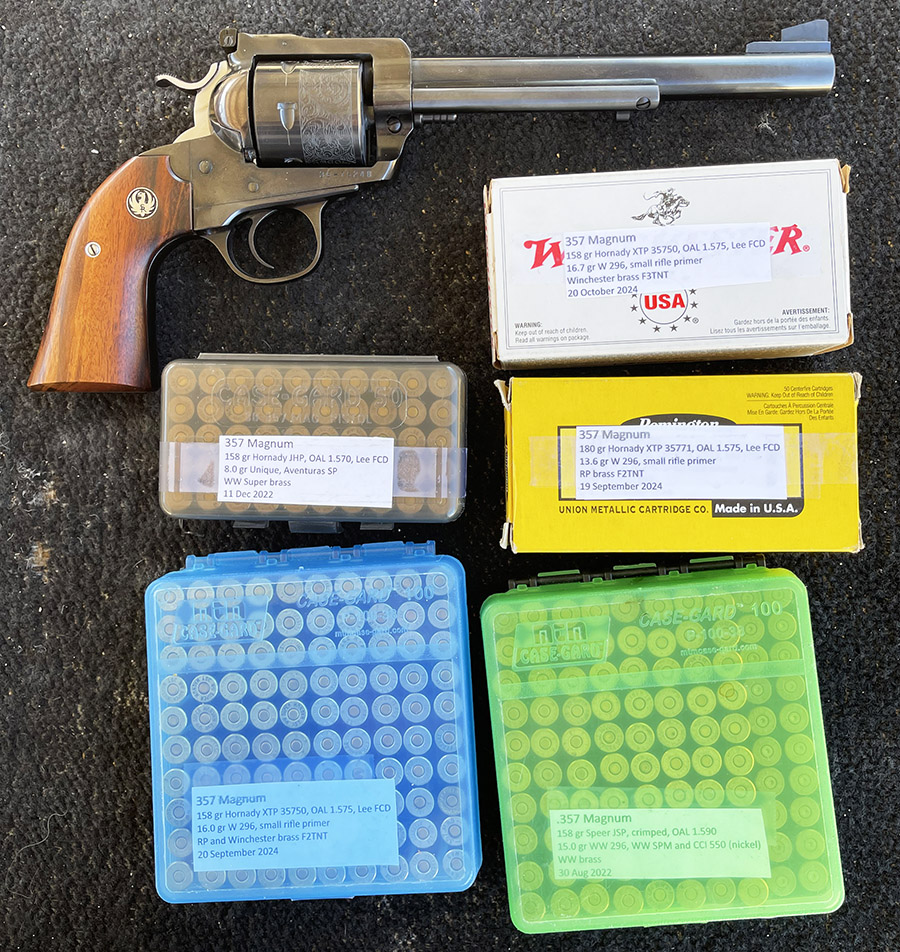By Joe Berk
Fifty years ago I used to be a pretty good metallic silhouette shooter. I would like to return to that game. It would be nice to be 25 years old again, too, but that’s not in the cards. Metallic silhouette shooting, though…I think I can turn the clock back on that one.
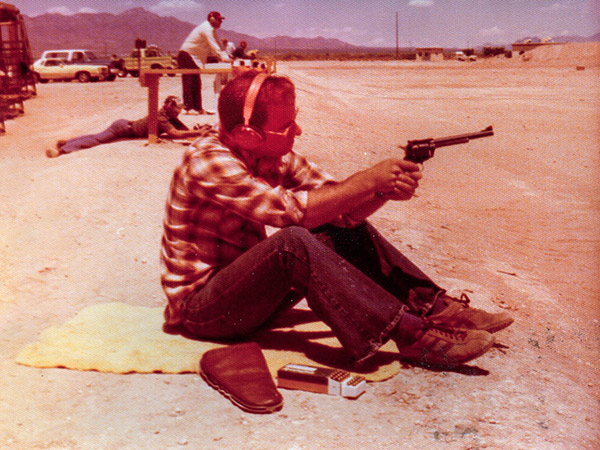
If you haven’t figured it out yet, that’s where this story is going. Ponce de León went looking for his fountain of youth. Me? I just want to knock over a few metal chickens, pigs, turkeys, and rams. Like I did 50 years ago.
My friends at the range are surprised when I shoot at 100 yards with a revolver. That’s because they’ve never shot a handgun metallic silhouette course. In that game, there are four courses of fire:
-
-
- Chickens at 50 yards (10 shots)
- Pigs at 100 yards (10 shots)
- Turkeys at 150 yards (10 shots)
- Rams at 200 yards (10 shots)
-
The targets are sized so that each subtends about the same angle. That means the pigs (actually, they are supposed to be javelinas) are bigger than the chickens, the turkeys are bigger than the pigs, and the rams are bigger than the turkeys.
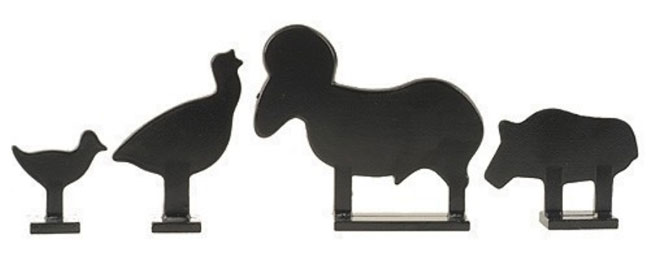
The hardest target to hit is the turkey (it is narrower than the other targets); the hardest target to knock over is the ram (it is big and heavy). Simply hitting doesn’t count; you have to knock the targets over. The 200-yard ram weighs about 55 pounds. Back in the day, I used to be able to knock them over with a .357 Magnum. My load was a 200-grain cast bullet and 13.0 grains of Winchester 296. It was more reliable than a 240-grain 44 Magnum load because the .357 bullet is more aerodynamic and it retained more energy downrange.
I’ve been evaluating loads for the .357 Ruger Bisley for metallic silhouette competition, and load development is progressing. I’ve mostly been playing with Hornady’s 158-grain jacketed hollowpoint XTP bullet, but I’ve also tried their 180-grain XTP. In my Bisley the 180-grain Hornady is a very accurate load.
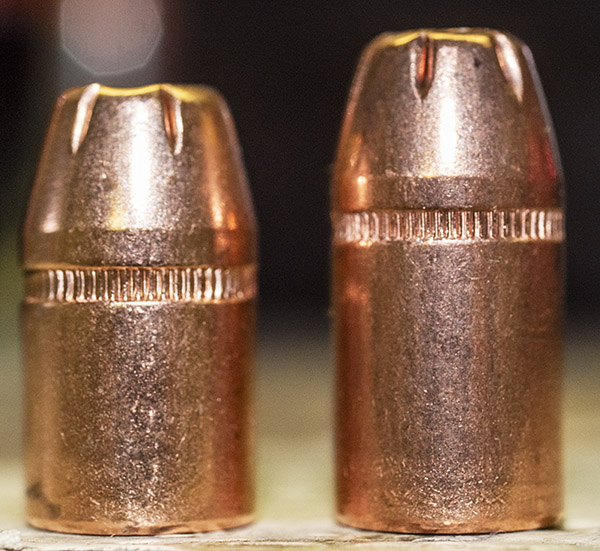
The two bullets are identical above the cannelure. The difference is bullet length behind the cannelure.
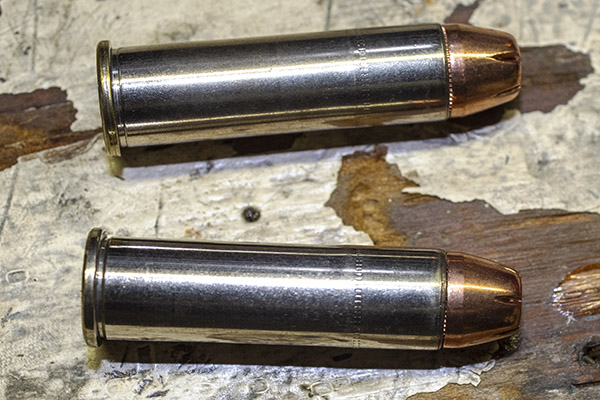
I’ve been keeping track of the loads, the velocities, and the accuracy on 100-yard targets. The Bisley shoots best with the 180-grain Hornady XTP bullets and 13.6 grains of 296 powder. I used small rifle primers. I’ll try the same load with small pistol magnum primers to see if I get a velocity gain and if the groups get better. In prior tests with the 158-grain Hornady bullets, there didn’t seem to be a velocity increase in going from small rifle to small pistol magnum primers. We’ll see if the same holds true for the 180-grain bullets.
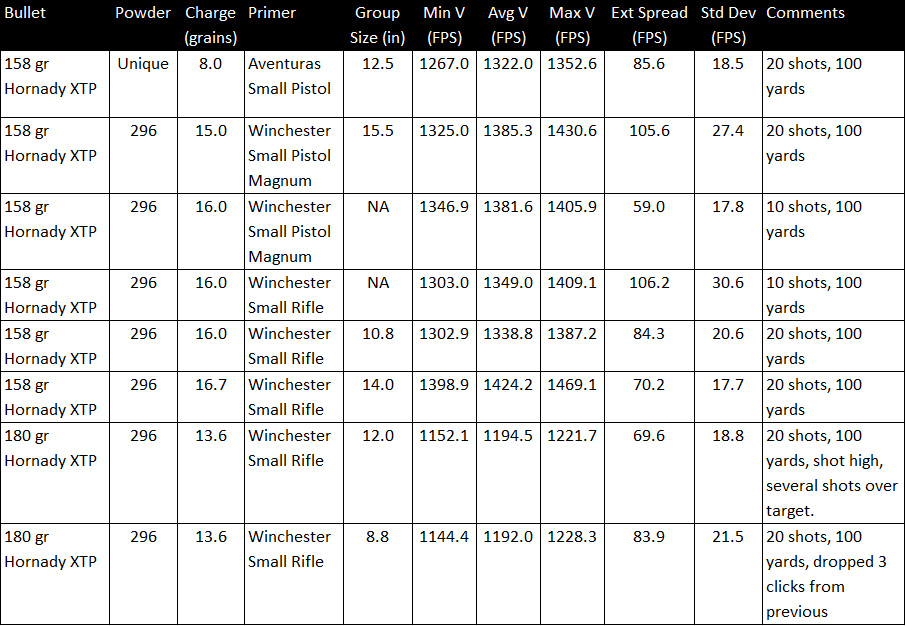
Here’s a 100-yard target with the actual size of the 100-yard pig overlayed on it. That silhouette is one I grabbed off the Internet. It is smaller than what I remember (and certainly smaller than any javelina I’ve ever seen, other than babies). But it’s useful for assessing my progress in getting a useable Bisley load. I used the 180-grain bullets for the group you see below.
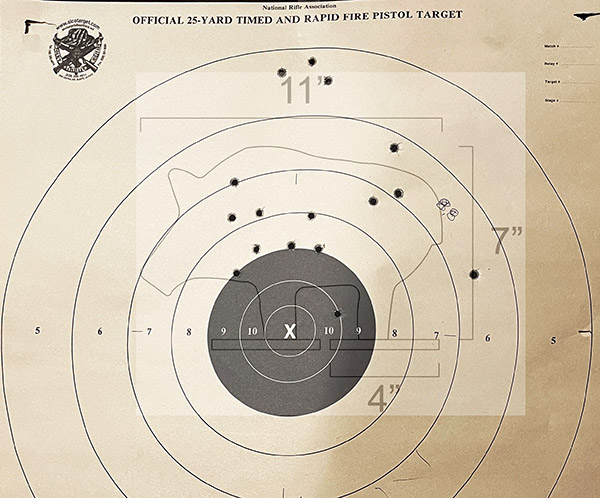
Real javelinas are not quite that small, and they’re mean as hell. You don’t want to tangle with a javelina.
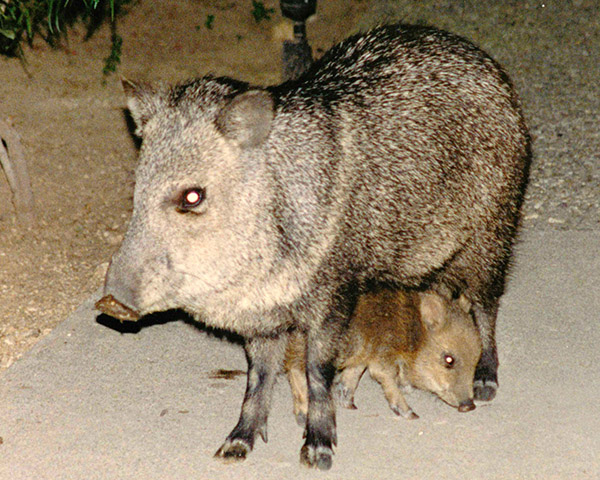
Winchester’s 296 powder is my preferred propellant as it usually gives great velocity and accuracy. Winchester 296 is prone to gas cutting, though. That’s what occurs on the underside of the revolver’s top strap (the part of the frame that goes over the cylinder). Hot gases and powder escape between the barrel and cylinder gap and cut into the frame. From what I’ve read, it tends to cut as you see in the photo below, and then it doesn’t get any worse. I think that’s because as the cutting gets deeper, the distance to the bottom of the cut increases.
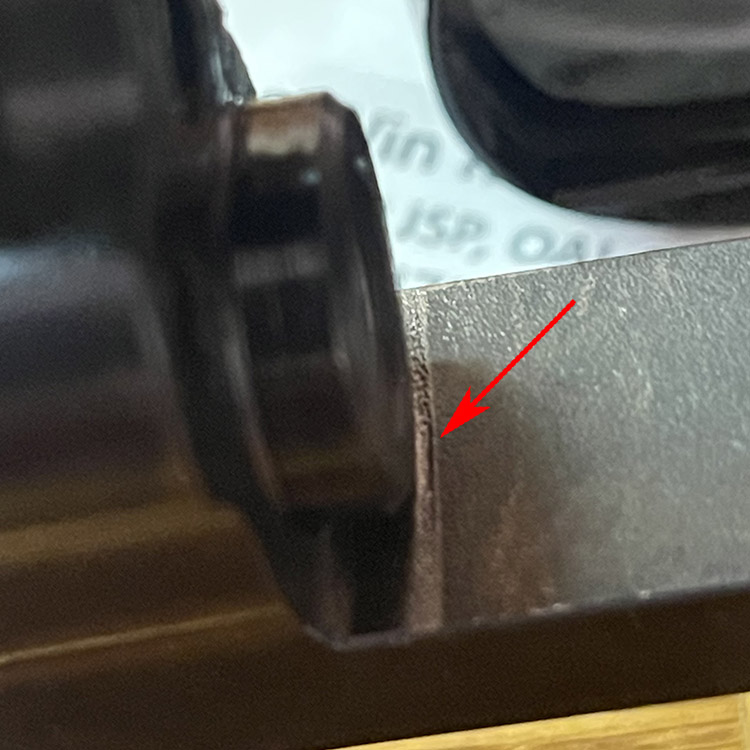
I’ve seen gas cutting in handguns after putting lots of 296-powered rounds through them (and that’s what I intend to continue to do with the Bisley). We’ll find out if it is self-limiting.
The plan is to continue to practice (a lot) and continue the load development effort. So far, 13.6 grains of 296 and the 180-grain Hornady bullet get the nod. Then I have to zero the revolver at 50, 100, 150, and 200 yards. Fortunately, my club (the West End Gun Club) has a range that goes out that far. Then I’m going to find someplace that has handgun metallic silhouette shooting and knock down a few targets. It’s going to be fun.
Join our Facebook ExNotes page!
Never miss an ExNotes blog:

